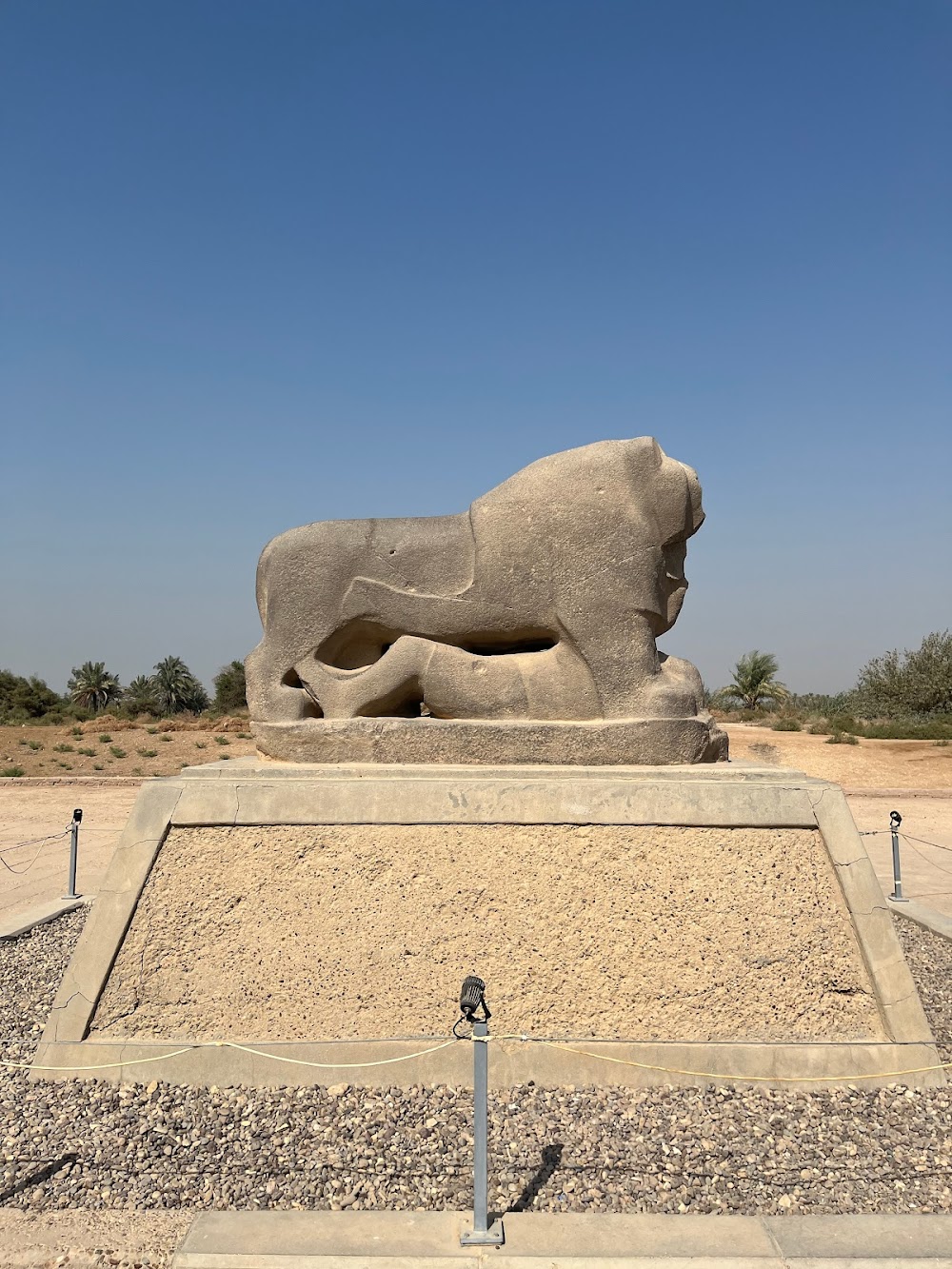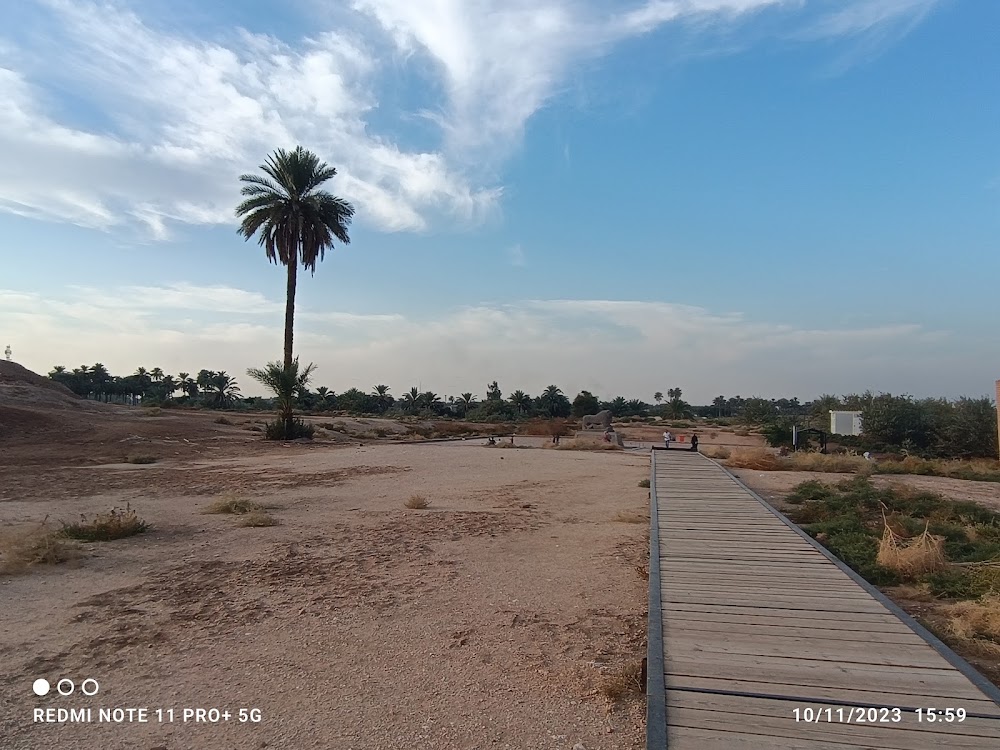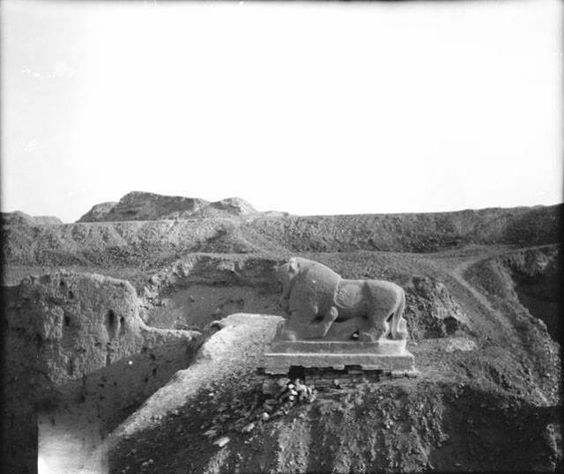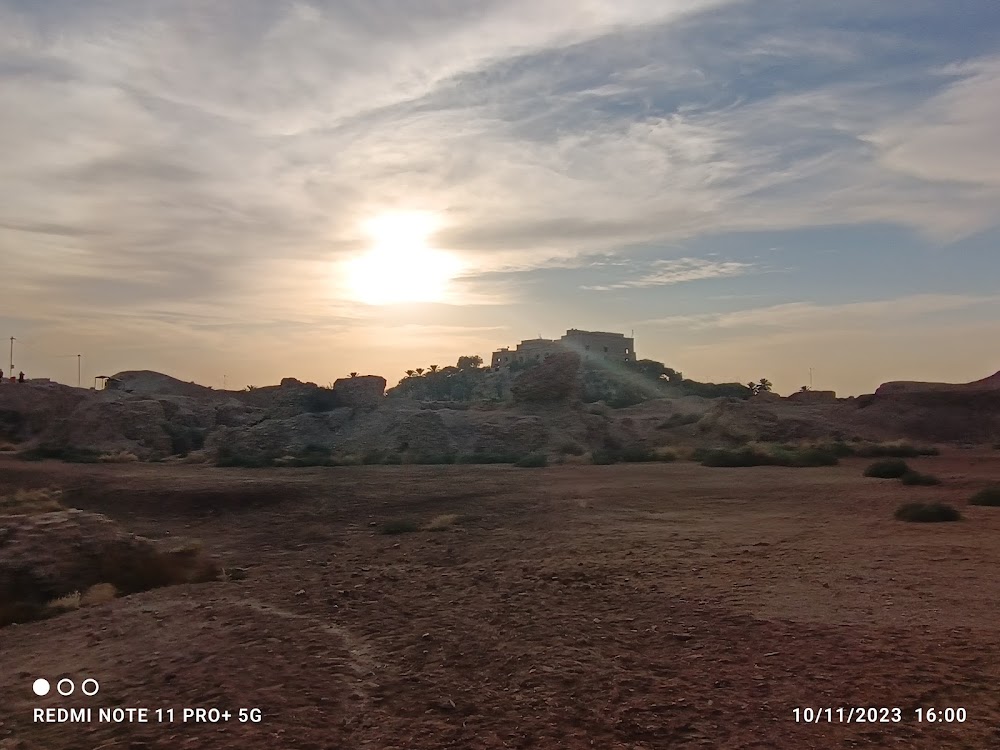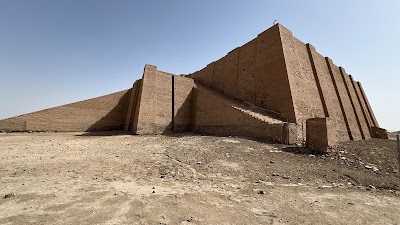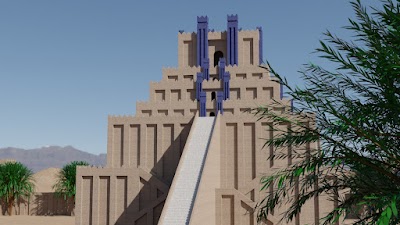Lion of Babylon (أسد بابل)
Overview
The Babel Lion: A Glimpse into Ancient Babylon
The Babel Lion, often referred to as the Lion of Babylon, is an iconic ancient statue nestled in the historic city of Babylon, located in present-day Iraq. This magnificent sculpture depicts a powerful male lion standing over a human figure, which is held firmly beneath one of its paws. The Lion of Babylon holds immense symbolic and historical significance, serving as a bridge connecting modern society to the illustrious Mesopotamian civilization that once thrived in this region.
Material and Craftsmanship
Carved from resilient black basalt, a volcanic rock renowned for its strength, the Lion of Babylon reflects the importance of its artistry. The choice of basalt is particularly noteworthy, as this material is not native to Babylon, indicating that it was transported from distant quarries—likely from northern Iraq or Syria. The creation of this statue required the expertise of skilled artisans, who meticulously carved the hard stone, bringing to life the intricate details of both the lion and the human figure with incredible precision.
Historical Context
Dating back to the reign of King Nebuchadnezzar II, who ruled from 605 to 562 BCE, the Lion of Babylon is an enduring symbol of this powerful king's legacy. Nebuchadnezzar II is celebrated for his ambitious building projects, including the renowned Hanging Gardens of Babylon and the majestic Ishtar Gate. The Lion of Babylon was strategically placed near the Ishtar Gate, welcoming visitors with its imposing presence as they entered the city and showcasing the artistic splendor of the time.
Symbolism and Cultural Significance
In Babylonian culture, lions were revered as protectors and formidable guardians, embodying strength and courage. The lion's association with the goddess Ishtar, the deity of love, war, and fertility, further amplifies its significance. The human figure beneath the lion's paw is believed to represent Babylon's enemies, symbolizing the king's might and the divine protection bestowed upon his people by the gods.
Preservation Efforts
In recent years, the need to preserve and protect the Lion of Babylon has become increasingly urgent, given its historical importance and the threats posed by both natural and human-made factors. Restoration initiatives have been launched to ensure that this iconic statue remains intact for future generations to appreciate and admire.
Challenges and Resilience
Despite its grandeur, the Lion of Babylon has faced challenges over the centuries. Environmental elements such as wind and water erosion have gradually worn away its intricate details. Additionally, human actions, including vandalism and the impacts of war, have further jeopardized its preservation. Nonetheless, there is a growing awareness of the importance of safeguarding historical artifacts, and the Lion of Babylon is now recognized as a cherished piece of cultural heritage.
A Lasting Legacy
Today, the Lion of Babylon stands as a powerful testament to the magnificence of ancient Babylonian civilization. It not only narrates the story of a once-mighty empire that dominated Mesopotamia but also highlights the remarkable artistic and engineering talents of ancient artisans. Visitors to Babylon can marvel at this extraordinary statue, forging a direct connection to the past and standing in awe of a symbol that has withstood the test of time for thousands of years.


